Ronda, location of the famous Tajo bridge and gorge, home of bullfighting and bandoleros
By Nick Nutter | Updated 4 Jun 2023 | Málaga | Villages |
Login to add to YOUR Favourites or Read Later
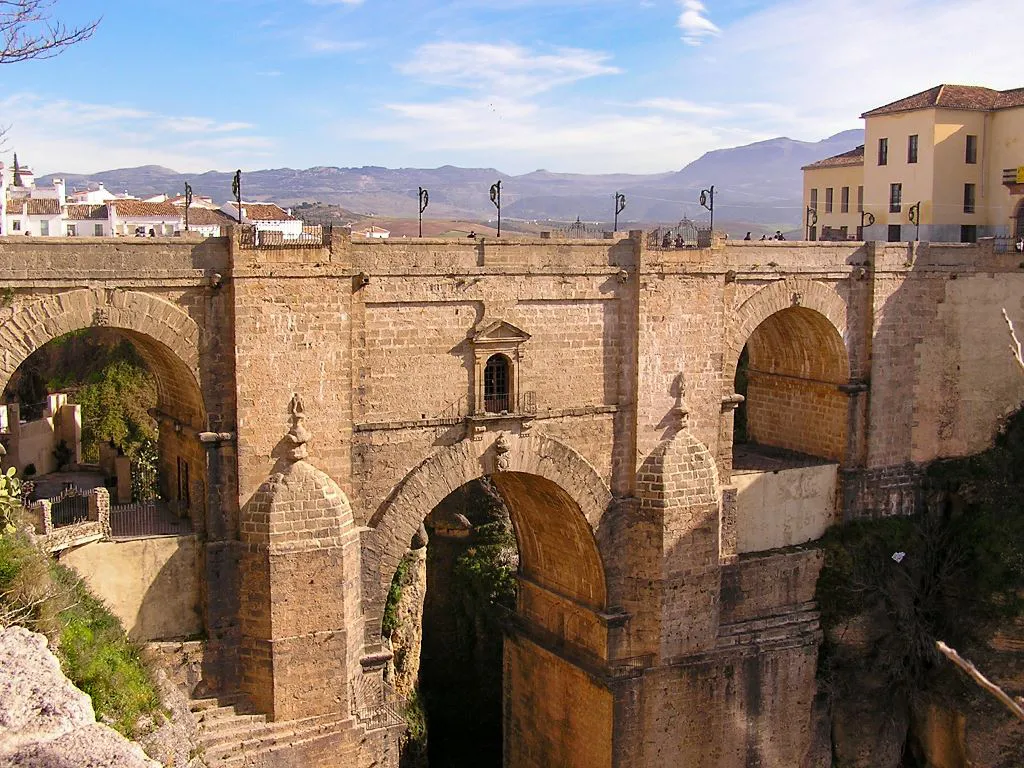
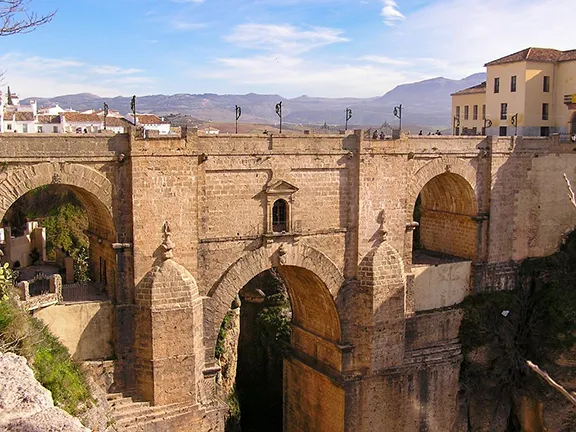
El Tajo Bridge Ronda
Ronda is a unique city. Built on a 100 metres high buttress of rock emerging from the high plains 40 kilometres north west of Marbella the old and new towns are deeply divided by the Tajo Gorge spanned by a bridge that took twenty nine years to build. At a height of 750 metres above sea level Ronda has snow in winter and is scorching hot in summer. Spring and autumn are the best times to visit.
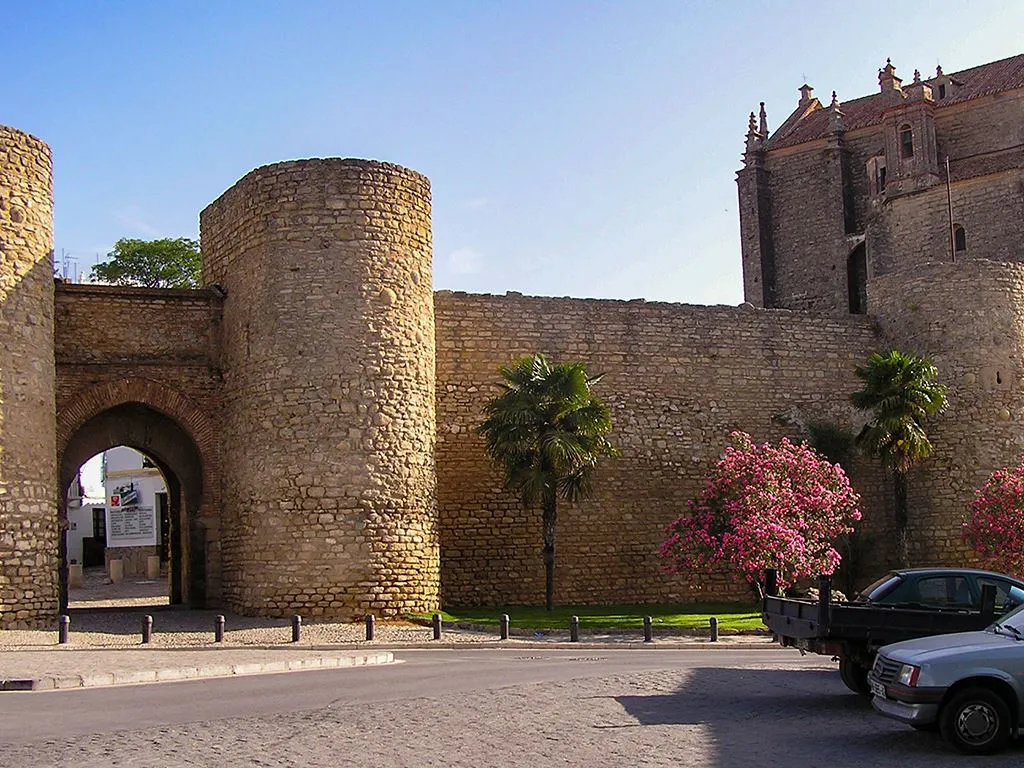
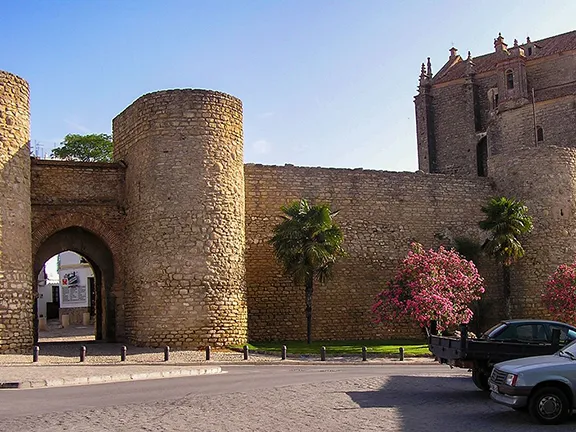
Puerta de Almocabar Ronda
There is no finer way to enter Ronda then through the gate giving access to Ronda from the south. It is called Puerta de Almocabar and it was built in the 13th century. The southern half of the buttress is the ‘old’ part of Ronda. The road wends its way through the old town and then takes you across Tajo Gorge to the ‘new’ town via the Tajo Bridge.
Most people will have seen a picture of the ‘new’ bridge across the ravine, El Tajo Gorge, that divides Ronda in two. It was built because the other two, lower, bridges had a habit of being washed away when the river flooded.
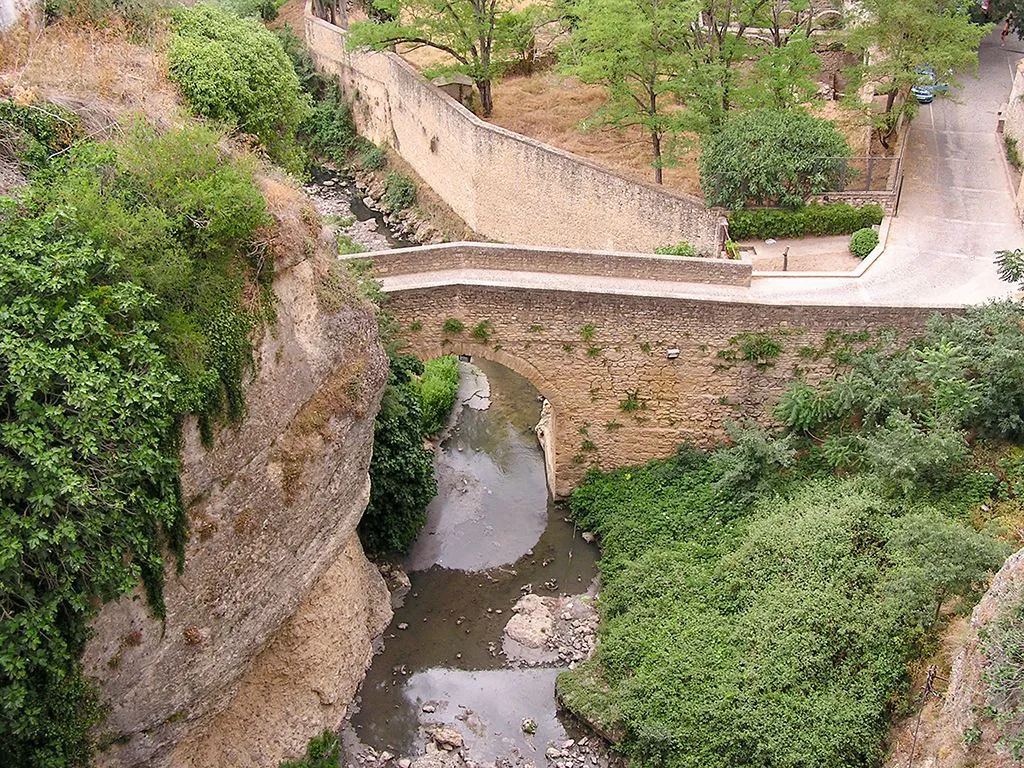
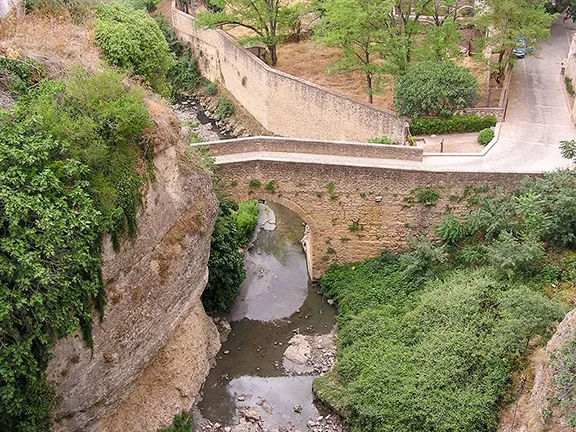
Moorish Bridge Ronda
The lower bridge is known as the Moorish Bridge although very little of it is actually Moorish since it has been repaired many times over the centuries due to damage caused by flooding. It probably sits on the same site as a Roman bridge since this is the only access to the town from the north.
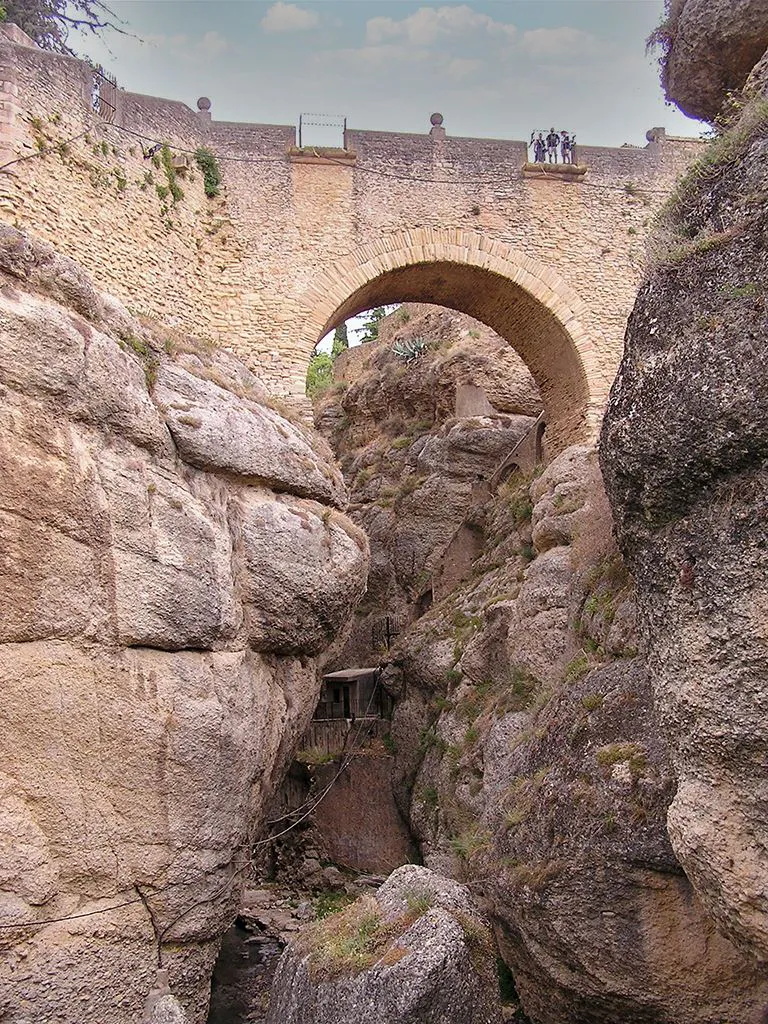
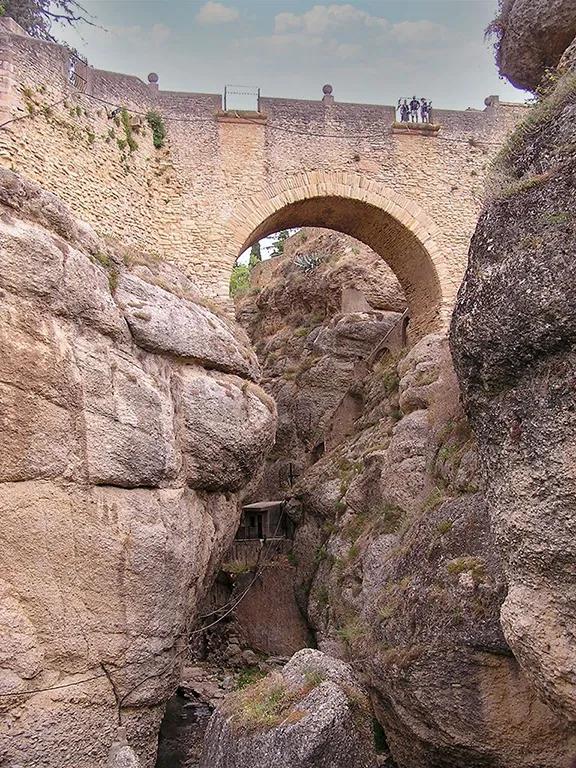
Puente Viejo Ronda
The centre bridge is called the Old Bridge. Not because it is the oldest bridge in Ronda, that honour falls on the Moorish Bridge, but because it is just a little older than the New Bridge. The Old Bridge was built in the 16th Century and links the old Moorish settlement and the new urban area growing up around the Small Marketplace, El Mercadillo.
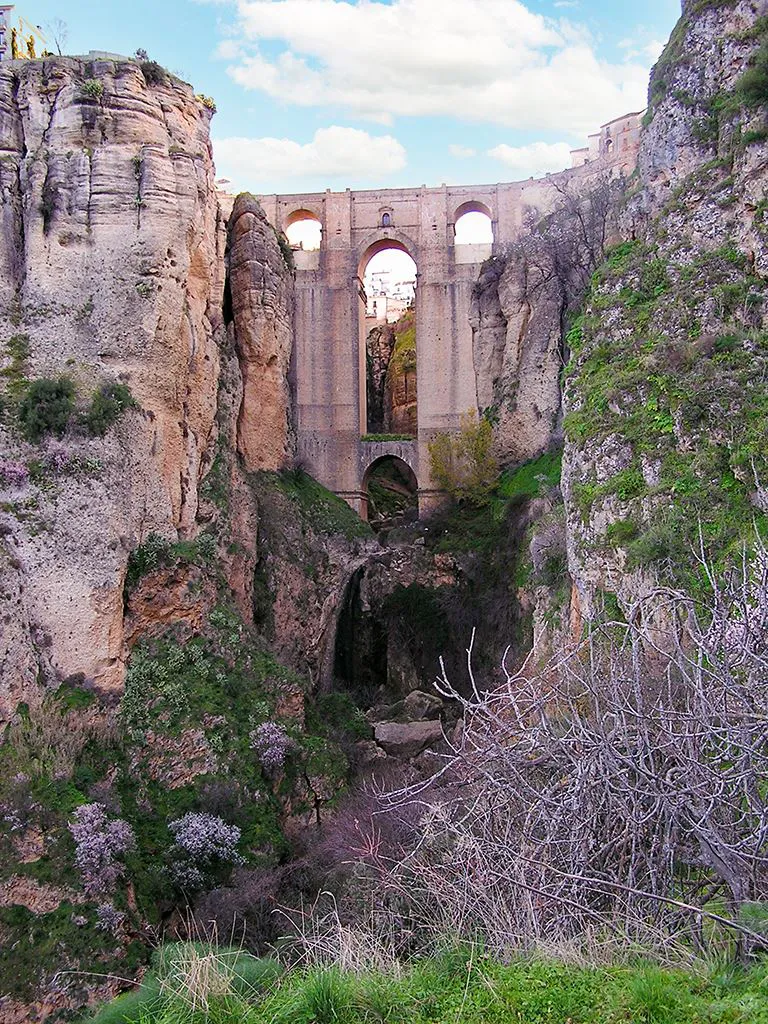
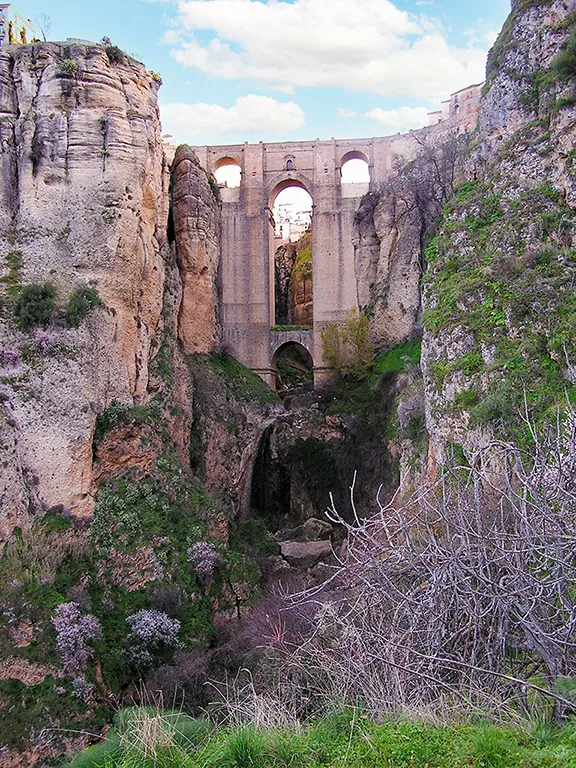
Tajo Bridge Ronda
Permission was granted for the building of a new bridge in 1542. It was completed in 1733. You think you have problems getting your villa finished? The bridge lasted six years before a design defect was discovered and it collapsed. In 1758 the bridge you see now was started and took twenty nine years to complete. A visit to the Tajo Bridge museum costs 2 Euros and is worth every centimo.
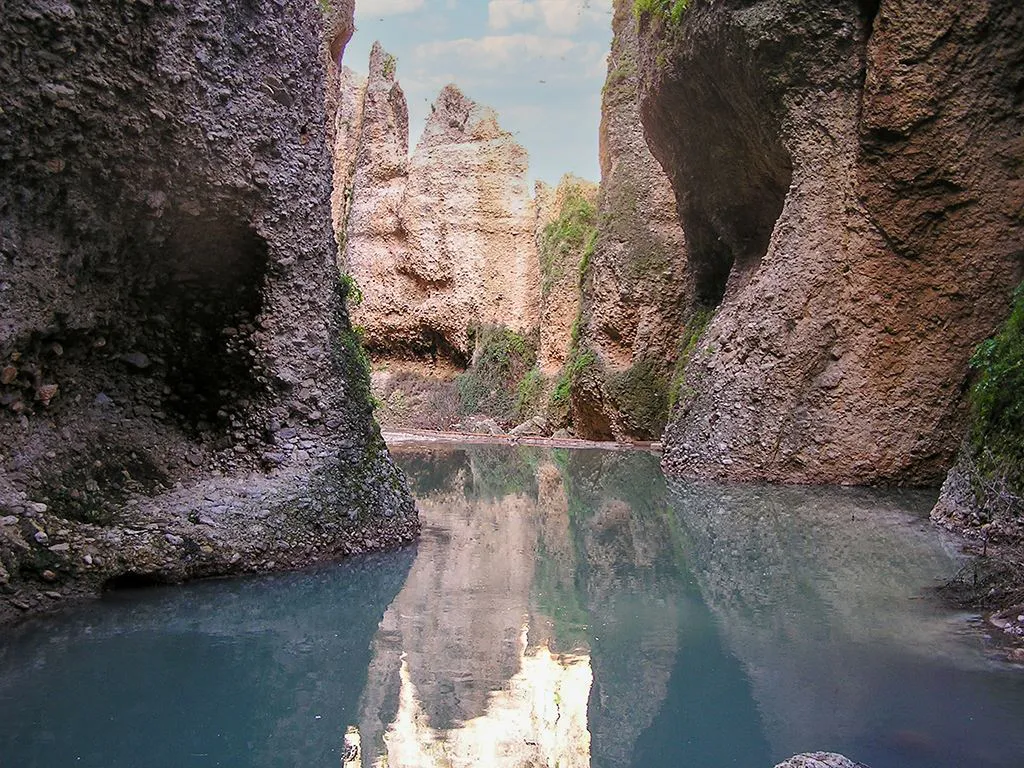
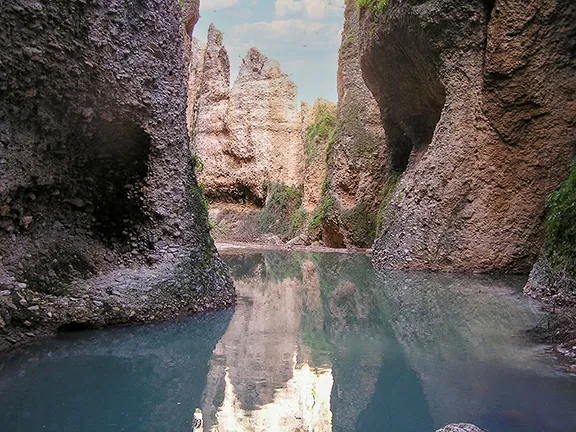
Water Mine Ronda
Beneath Tajo bridge and built into the side of the gorge is a water mine and garden. Access to the pools 100 metres below is through the Casa del Rey Moro and a steep set of steps in a tunnel. Carrying water up must have been a hard task, I counted over 300 steps before I lost count.
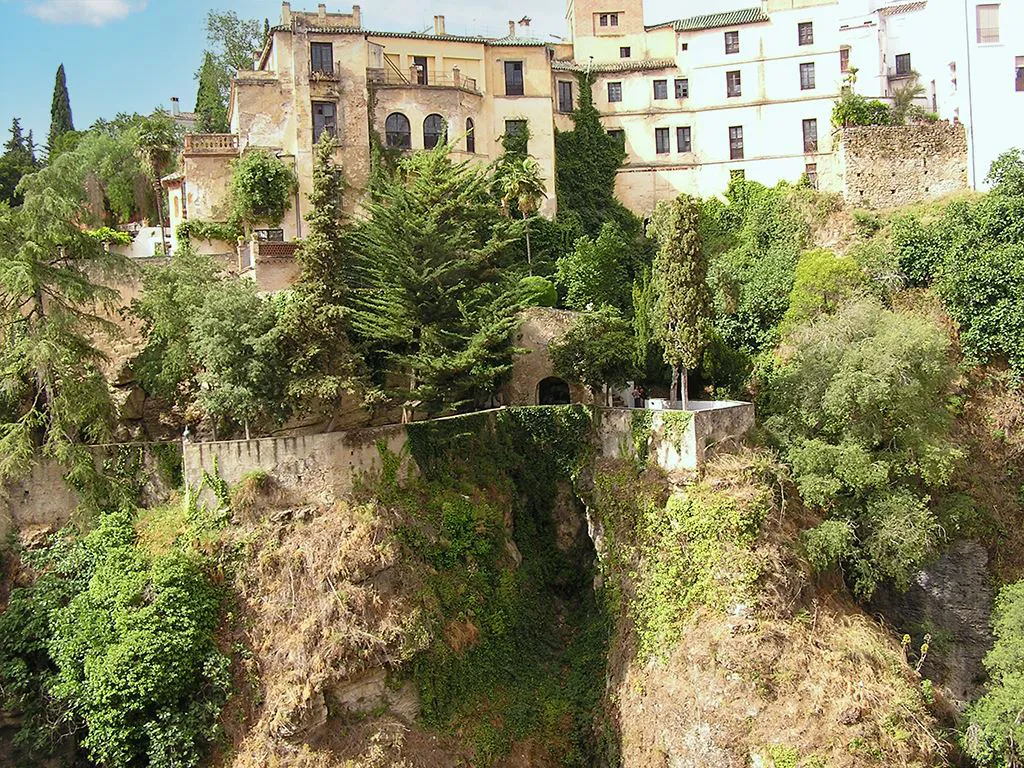
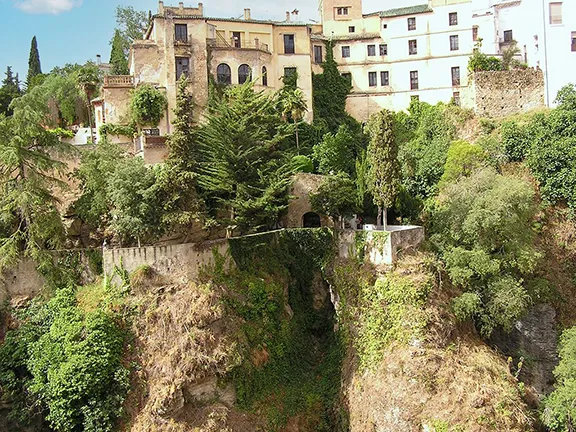
Northern side of Tajo Gorge Ronda
Just within the gorge and spreading out onto the flatter land to the west there are a number of, now ruined, water mills. These date back to the Moorish period (711 – 1485). You will also see the remains of the 13th and 14th Century Arab baths.
The outcrop of rock on which Ronda sits has been occupied since Roman times but it was the Moors that established Ronda as a town and it became one of the capitals of the five coras of Al Andalus. Their architectural influence is very obvious in the old part of the town.
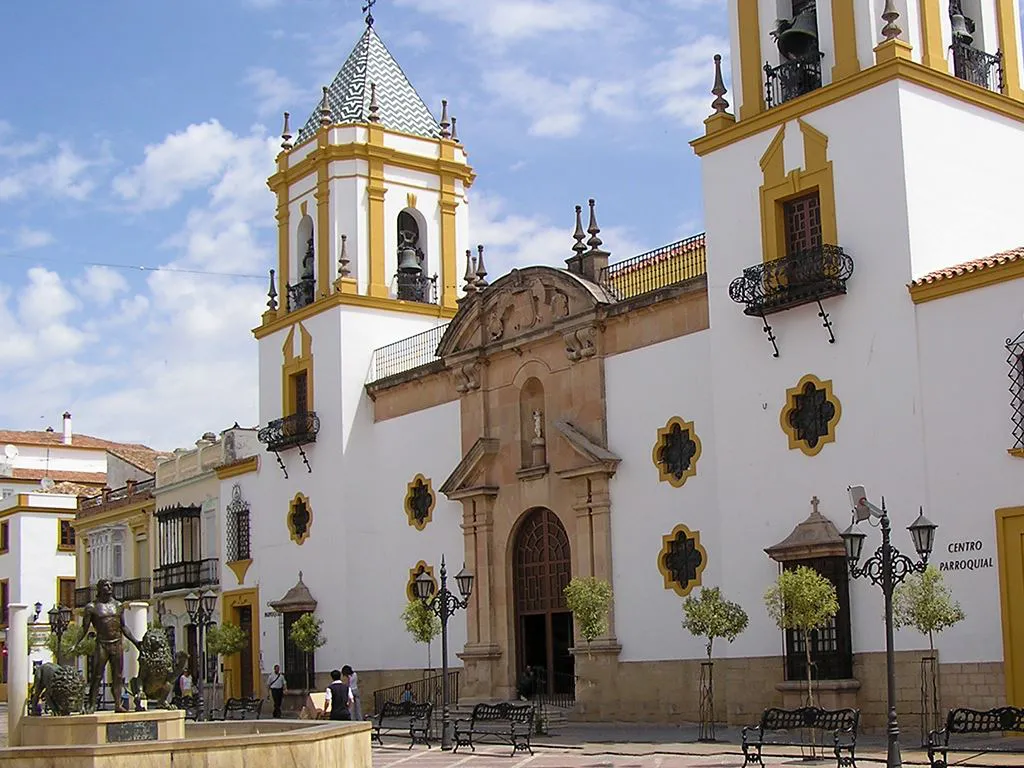
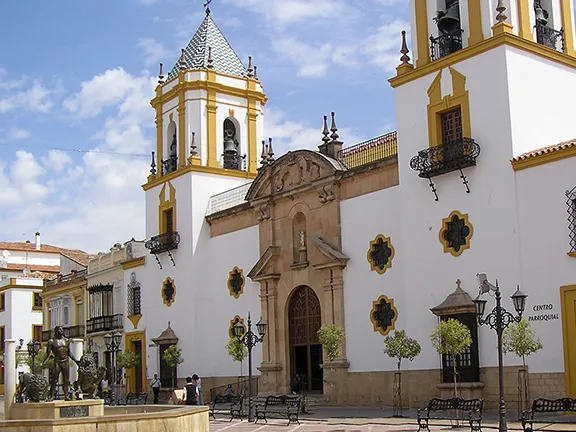
In 1485 the town was taken by the Christian kings and the Andalucian character took over. Immigrants to the town wanting to start a business found the taxes and customs duties a little onerous so they established their own town on the other side of the gorge. The open-air free market became El Mercadillo and soon attracted permanent residences built in a unique style called ‘Enlightenment’. This tradition of free markets lives on in Andalucia, as does the tax avoidance ethos.
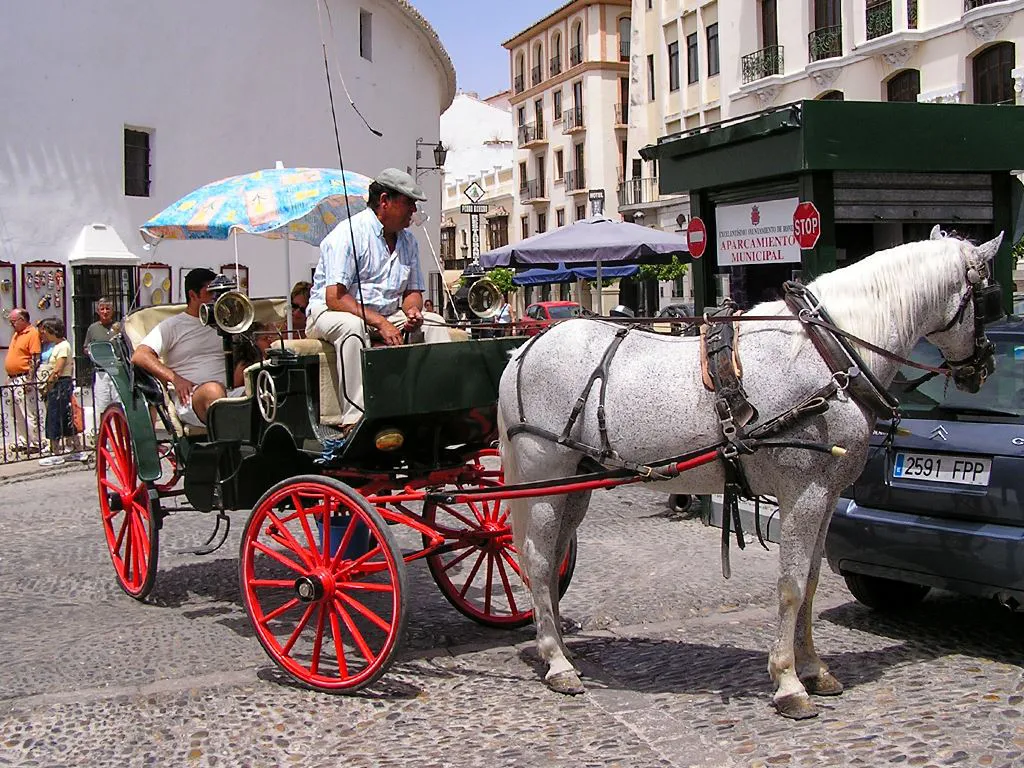

On a more cultural note Ronda has a number of fine museums, two in the old part of town are well worth a visit. The Municipal museum is in the Mondragon Palace. The building itself is a wonderful example of Moorish architecture and costs 2 Euros to enter. The second is Museo Tematico Lara, again in the old town. This houses an eclectic private collection of cultural exhibits said to be the most important in Spain.
Although bullfighting is now pretty much non PC throughout Spain Ronda is still proud of its heritage. The museum within the bullring is well worth a visit if only to view the elaborate, ornate, richly decorated and impossible tight costumes worn by the matadors. The art of bullfighting in Ronda originated in an unusual manner. In 1572, Philip II founded the Real Maestranza de Caballeria de Ronda. Its purpose was to provide horsemen for the defence of the area. Part of the training involved pitting bulls against horsemen. The training also provided entertainment for the local population.
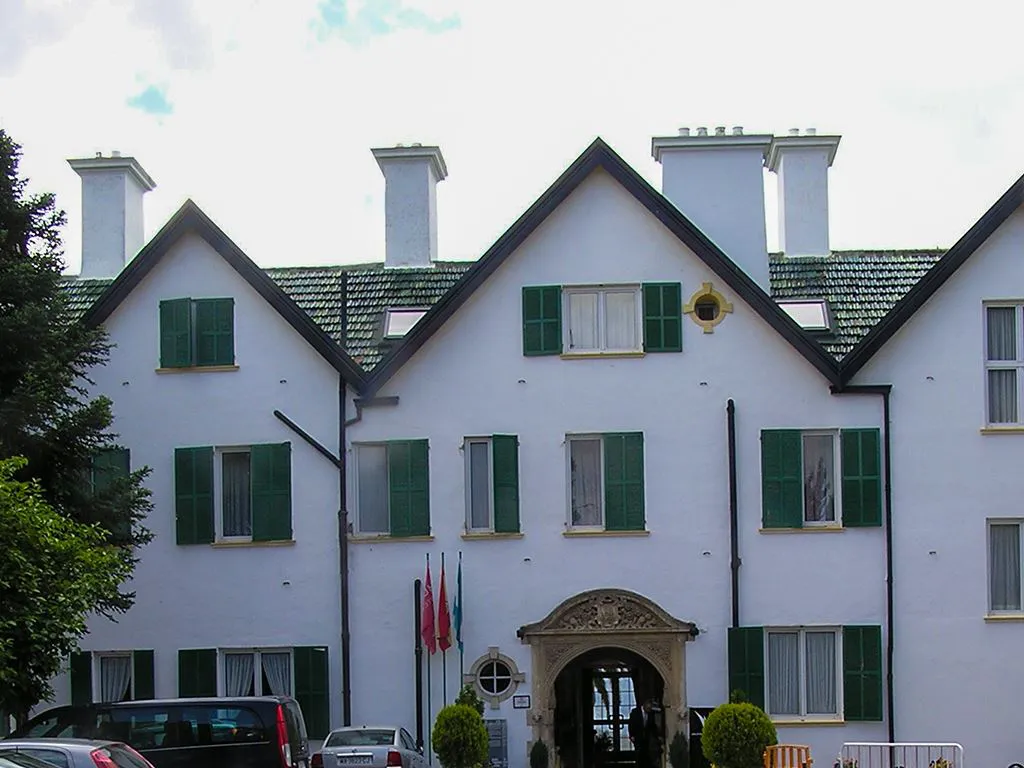
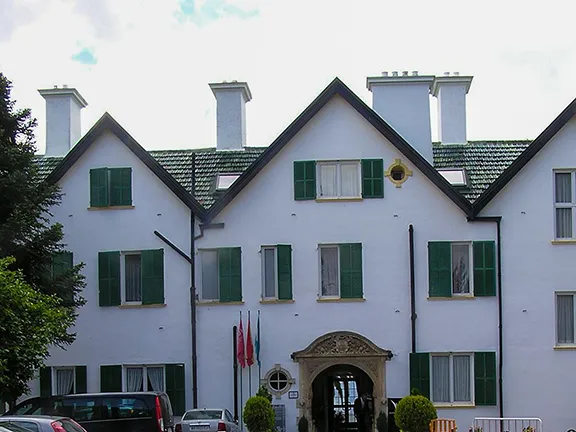
Reina Victoria Hotel
At the turn of the 19th century a British Company built the Algeciras to Ronda train line. In 1906 the Reina Victoria Hotel was built to welcome the officers, gentlemen and their ladies who travelled to Ronda from Gibraltar. The hotel is still thriving today. Although refurbished in 2012 it still manages to retain much of the colonial atmosphere of the original. Sadly, the polished oak balustrade that swept down the grand staircase is now no more.
What has this untypical history done to the inhabitants of Ronda? Well, they are perhaps the most friendly, welcoming people in Andalucia. Visit the tourist information office opposite the bullring. Here a charming young lady with perfect English will give you maps, itineraries and tips on places to see. Also in El Mercadillo are dozens of restaurants and tapas bars that all welcome you. Ronda is famous for its Rabo de Torro(Oxtail Stew), on the menu everywhere. It is also famous for its range of tapas. Many places offer you a selection for a fixed price but the more adventurous can just choose what they want from the bar itself. For the best value go in the places crowded with Spanish. Hnos. Macias on the street opposite the bullring is recommended. Either way you will not go hungry or break the bank.